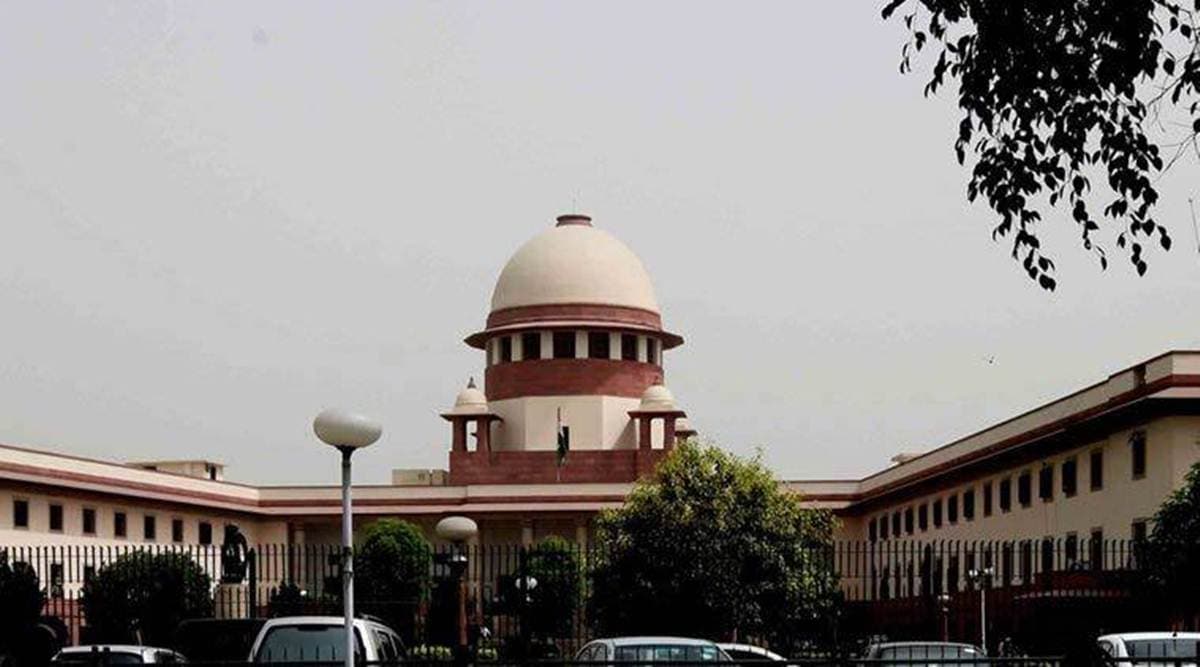
The Supreme Court on Wednesday asked States and Union Territories (UT) to “ensure that CCTV cameras are installed in each and every Police Station functioning” in their respective limits and to store the recording for a minimum of one year.
A bench of Justices R F Nariman, K M Joseph and Aniruddha Bose in its judgement also asked the Centre “to install CCTV cameras and recording equipment in the offices of” the CBI, NIA, ED, NCB, DRI, SFIO and “any other agency which carries out interrogations and has the power of arrest”.
The ruling came on a plea by one Paramvir Singh Saini, who raised the issue of audio-video recording of statements of witnesses and installation of CCTVs in police stations.
The Supreme Court had in the D K Basu vs State of West Bengal case in 2015 directed that CCTVs be installed in all police stations and prisons to check human rights abuses.
However, when it sought a status report from states and UTs in the present matter, 14 states and two UTs responded. The “majority” of them lacked details on installation and working of CCTV cameras in police stations.
In Wednesday’s judgement, the court said that to ensure that no part of a police station is left uncovered, “it is imperative to ensure that CCTV cameras are installed at all entry and exit points; main gate of the police station; all lock-ups; all corridors; lobby/the reception area; all verandas/outhouses, Inspector’s room; Sub-Inspector’s room; areas outside the lock-up room; station hall; in front of the police station compound; outside (not inside) washrooms/toilets; Duty Officer’s room; back part of the police station etc.”
The CCTV systems must be night-vision equipped and must record both video and audio, the court said and asked the government to provide electricity and internet in areas which lack these “as expeditiously as possible using any mode of providing electricity, including solar/wind power”.
The “most important”, it said, “is the storage of CCTV camera footage…”
“CCTV cameras must then be installed with such recording systems so that the data that is stored thereon shall be preserved for a period of 18 months,” the court said, and added that if the equipment available in the market does not have such capacity, governments should go for the one “which allows storage for the maximum period possible, and, in any case, not below 1 year”.
The court asked the Director General/Inspector General of Police of the states and UTs to issue directions to entrust the SHO of the police station with responsibility of assessing the working condition of the cameras and to take steps in case of malfunctioning.
The court noted that it had in a 2018 order asked the Home Ministry to set up a Central Oversight Body (COB) to implement the plan of action with respect to use of videography in the crime scene during investigation. That order also expanded on the direction given in the 2015 D K Basu case and said “there was a need for further directions that in every State an oversight mechanism be created whereby an independent committee can study the CCTV camera footages and periodically publish a report of its observations thereon”.
It said the Centre had said in an affidavit that the Home Ministry set up such a COB on May 9, 2018 and issued directions to administrators of the UTs, states and central agencies for effective implementation of the use of photography and videography at crime scenes, and sought an Action Taken Report.
The affidavits by the states and UTs remained silent on the constitution of Oversight Committees.
Taking note, Wednesday’s order directed that the Oversight Committees be constituted at State and District levels.
Among other responsibilities, the committees “have to review footage stored from CCTVs in the various Police Stations to check for any human rights violation that may have occurred but are not reported”.